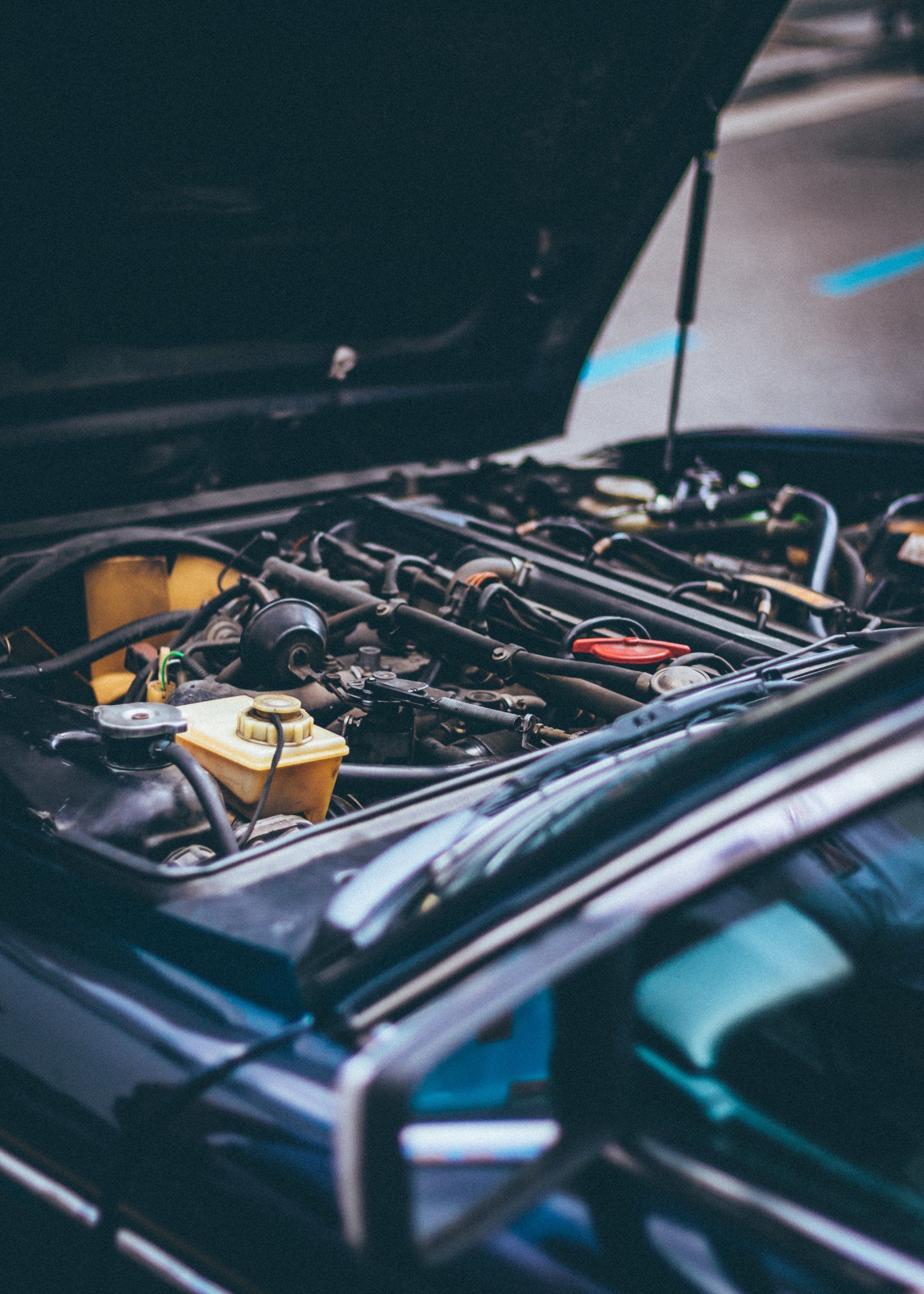Epoxy Products For Your Business
From US GLUE
THE RIGHT EPOXY FOR YOU
What is epoxy?
Epoxy is a one part or two-part polymer consisting of a resin component and a hardener component. When the two liquid components are mixed, the resin and hardener molecules begin to crosslink, creating an exothermic (heat-producing) reaction, causing the material to cure to a hard plastic solid. There are also epoxy resin and hardener components that are in a putty form; when combined, they cure to a hard solid that can be tooled, machined, and painted.
What is epoxy used for?
Due to its superior strength, strong adhesion to a number of different substrates, waterproof properties and excellent chemical resistance, epoxy is important in many industries, including marine, aerospace, construction, consumer, and industrial. It is used in structural adhesives, fairing compounds, repair putties, fiber-reinforced plastics (FRP), coatings, primers, paints, sealers, flooring, and more.
Examples of products made from or coated with epoxy materials include wind turbine blades, high-tech boat hulls, composite parts, aircraft, automotive parts, bicycles, snowboards, electronic insulators, generators, transformers, terrazzo flooring, and household appliances.
How does epoxy cure?
Epoxy cures through an exothermic reaction that occurs when the epoxy resin and hardener components are mixed together at an engineered ratio. In this chemical reaction, the molecules in the two components react and begin to crosslink, which generates heat. Other factors that affect the cure rate of epoxy include ambient air temperature, substrate temperature, hardener speed, the depth of the epoxy pour, and the mass of the mixed epoxy. For example, warmer temperatures make epoxy cure faster, while cooler temperatures result in a slower cure.
Some epoxy systems offer different hardener options for slower or faster reactions, or to achieve different working properties or cure rates. An epoxy will cure faster and generate more heat if it is applied thicker, or in a larger mass, due to the concentration of material and lower heat dissipation. Applying an epoxy in a thinner film, or smaller mass will slow the cure rate and generate less heat. Most ambient temperature epoxies take 5-10 days to fully through-cure.
Are there different types of epoxy? Are all epoxies the same?
All epoxies are not the same. When choosing an epoxy for your project, it's important that you know the gel time, working time, pot life, cure time, sag resistance, chemical resistance, finish clarity, and any other properties that will make the epoxy system ideal for your intended application. In general, the two main types of epoxy include one-component and two-component systems.
One-component epoxies are ready to use - there's no need to pay attention to mix ratios. The benefits include ease of application, reduced waste and accelerated productivity. Such no-mix systems are used in a number of industries, including optical, medical, electrical, aerospace, and automotive.
Two-component epoxy systems feature a separate resin component and hardener component. The resin and hardener must be mixed at the precise ratio recommended in order for the material to cure properly. Cured two-component epoxies are desired for their tensile and flexural strength, adhesion to a variety of substrates, and other properties. They're used in boat building and repair, construction, art, jewelry making, automotive parts and more. Some epoxy systems can be cast, turned, machined, or poured in deeper layers than others. Some epoxies are better for casting and some are better for coating. Some are clear, and some have an amber color, depending on the hardener used. The cure speed is also dependent on the epoxy hardener.
As alternatives to pure epoxy, and depending on the properties and performance desired, you could also consider two other types of resin - polyester resin and epoxy acrylates. These two resins cure at a faster rate,, and polyester resins can typically be used in cooler temperatures than epoxy. Acrylates cure more quickly than pure epoxy and they offer good chemical resistance.
Request a quote
Lead Gen Contact Form


PRODUCT SELECTION
Epoxy types vary widely, and specifiers need to note such attributes as nozzle time, gel time, load time, sag, cure time, and chemical resistance—each property will affect what makes the product ideal for the intended application.
When searching for the proper epoxy to specify, it is important to note there are three general classes of epoxy—pure epoxy, polyester resins, and epoxy acrylates—that break out in different ways with respect to properties and performance.
Pure epoxy is typically just a resin and a hardener. Pure epoxy cures at a slower rate than the other product classes (polyesters and epoxy acrylates) and, as a result, it offers less shrinkage, excellent adhesion, and high strength performance. However, with slow cure times, pure epoxy should not be specified for low-temperature applications (generally limited to a 4-C [40-F] minimum substrate temperature). Further, this material should not be specified for situations where it will be loaded as quickly as the other two epoxy product categories. For instance, in overhead installations, it would not be the first choice.
Pure epoxy components are mixed at relatively close mixing ratios (i.e. 1:1, 2:1, or 3:1). They can usually be identified if the dual cartridges are the same size.
Unlike pure epoxy with its slow cure times, polyester resins cure through polymerization that is relatively fast—this means such products can be specified for lower temperatures (down to as low as 2 C [35 F]), and contractors who use polyester resins will find they can be loaded much sooner after being installed. Polyester resins are ideal to specify in concrete masonry unit (CMU) wall construction.
Call to hire a pro
| (612)699-1488
EPOXY TRAITS
Bolt-up time
This is the ‘safe harbor’ time between installing the uncured (wet) epoxy and when hardware can be bolted to it. This is not the time that allows for the full load to be applied, just for the hardware installation.
Bond strength
Also expressed as tensile strength, this is the maximum allowable bond stress to which an epoxy can be subjected. ‘Stress’ is expressed in units of psi, which may not be directly helpful in determining what is needed. Most manufacturers also provide sample load tables that translate ‘psi’ into ‘lb’ for a given set of specific conditions.
Chemical resistance
There are myriad chemicals, even in residential settings, that could act as corrosives on epoxy, such as oil, gasoline, chlorine, salt, or chemicals used in wood preservation. Understanding the chemical resistance of the intended epoxy is essential if such exposure is expected.
Pure epoxy is typically just an epoxy resin and a hardener, and its slow cure rate makes it prone to sagging if it is used for overhead applications. However, pure epoxy is ideal for downward installations of an anchor bolt in dry concrete, yielding best-in-class strength. As in all cases, the holes have to be drilled and then cleaned out of concrete dust that may defeat the bonding power of the epoxy.
Load time
Load time is the period from when the resin is extruded until it can be safely loaded to its published allowable load. In other words, it is the time it takes to fully cure. This time greatly depends on the substrate’s temperature. Once a bonded anchor is installed, it should not be fully loaded until the loading time has elapsed.
Nozzle time
Typically ranging from three to 15 minutes, nozzle time is dependent on the epoxy type; it is the amount of time the mixing nozzle can remain inactive with epoxy inside of it and still be reusable for the next anchor. Exceeding the working time does not impact the integrity of the epoxy in the cartridges, it just means the installer needs to install a new (empty) mixing nozzle because the epoxy in the nozzle began to cure.
EPOXY PERFORMANCE
Sag
Horizontal and overhead applications require a non-sag product so the installed does not experience epoxy dripping out of a hole. Overhead applications usually require special plugs regardless of the sag properties.
Shelf life
This determines how long the product can sit after being manufactured and still be usable. In most cases, an epoxy that has exceeded its shelf life will be too difficult to extract from the cartridge. It is based on unopened cartridges being properly stored and typically ranges from 12 to 24 months. Installers must check the label for an expiration date before using.
Substrate temperature range
This rates the high and low temperature range of the concrete or CMU wall within which the epoxy will still perform as designated by the manufacturer. It also influences mixing and cure times.
Working time (or gel time)
When an uncured (wet) epoxy is applied, this is the time window when the epoxy can be safely manipulated (as when an inserted bolt is positioned) while still ensuring the epoxy will not be compromised. After the gel time has expired, manipulating the epoxy will compromise the bond.